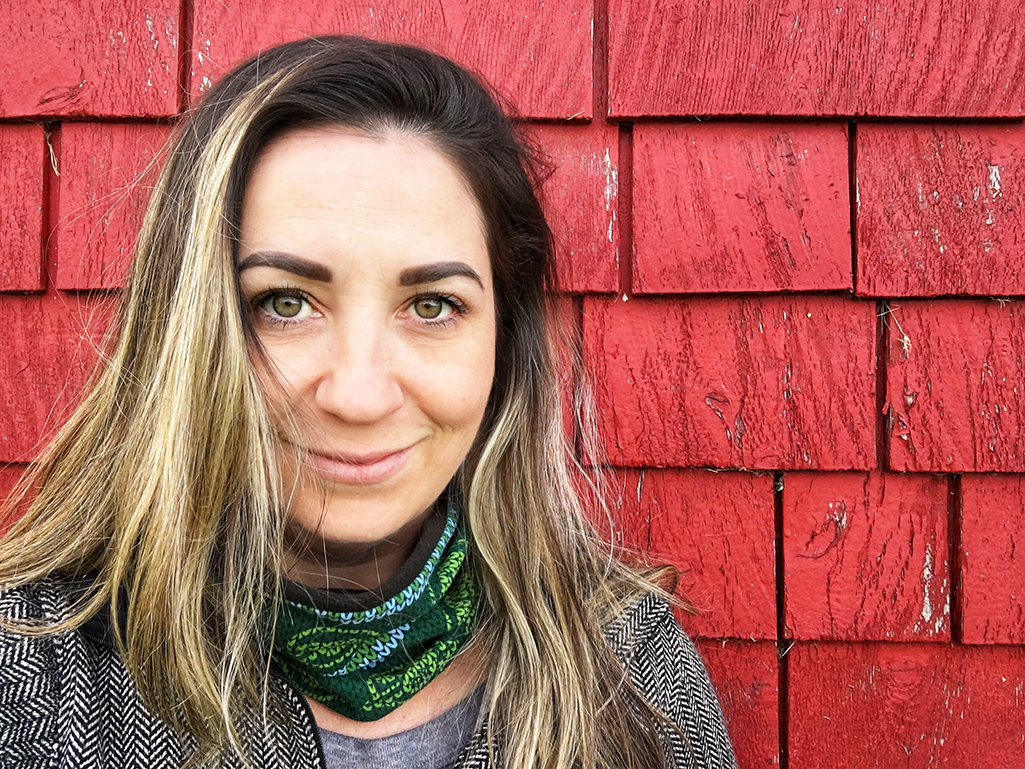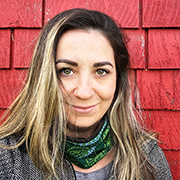Falling for flora in Buffalo Pound Provincial Park
I’ve been travelling and writing about this province for well over a decade now, so when Tourism Saskatchewan challenged me as to how I’m re-exploring the beauty of Saskatchewan in new ways, I had to really think on it.
But then it came to me – thanks in part to this pandemic.
During this time of prolonged uncertainty and limited ability to travel, many of us have been exploring the splendour found in our own homes, our daily moments and our backyards. We’ve slowed down, spent valuable time with our families and gotten to know our surroundings in new ways. As an avid birdwatcher, I’ve spent the past few months focused on migratory birds and learning calls, something I’ve never had “time” to do. And, even within my own home, I’ve taken interest in something new – plant life. I’ve grown my first garden and added (and admittedly killed) a bunch of new greenery into my spaces. These small acts have brought me great joy during a time when some days, it can be hard to remain positive.
I’ve been so grateful for this opportunity and really, there has never been a better time for us to embrace change and seek out beauty, whether it be in our backyards, or through safely visiting old or new areas of our province. With that in mind, recently while visiting Buffalo Pound Provincial Park for a few days of camping with my family, I challenged myself to look down instead of looking up, while getting in some outdoor exercise.
For those of you familiar with my obsession with birds, this really was a challenge, and of course, I couldn’t ignore them. Fledgling season was in full swing and the sounds of baby birds filled the air as did familiar klee klee klee trills of Merlins; meows of Gray Catbirds and the sweet chatter of Yellow Warblers. Over the lake, American Pelicans soared and an abundance of Eastern Kingbirds swooped protectively, chasing crows and other birds throughout the park. However, instead of focusing all my attention on the flying, tweeting, flitting beauty from the incredible bird life this park has to offer (it’s one of Saskatchewan’s best birding spots), it was time for me to stop and smell the roses – quite literally.
Located only 20 minutes from Moose Jaw and about an hour from Regina, Buffalo Pound Provincial Park boasts a pristine shoreline and native grasslands. A critical stopover for migratory birds, along with habitat for waterfowl and other species, the grasslands make up part of the endangered ecosystem of the Qu’Appelle Valley. The park is also a popular spot for camping, fishing, recreational water sports, and hiking and mountain biking with several trails ranging from 1-8 kilometers, and over 30 kilometers of well-marked, semi-technical biking trails.
With easy access from the Valley Campground, and close proximity to the beach and boat launch, the fittingly named Boat Launch Trail is where I’d spend my days admiring ground-found beauty. The double track, nearly 2 km looped trail, is easy and features water views for most of the way. It’s wide (and quiet), so keeping a safe distance from other people was very easy to do.
It was time to open my eyes to see what I could discover for grasses and wildflowers.
As I start out, Crested Wheatgrass and Bromes ripple with the wind like waves over the hillside. And at first glance, it’s all I see. However, once I start to look among the sides of the trail, I’m instantly rewarded. As I trod along, I can’t help but stop and admire each and every interesting plant – most of which I don’t recall seeing before.
I’m quickly enthralled and soon snapping pictures and getting down on the ground for closer looks. I admire the yellows of Hairy Goldenaster, Upright Prairie Coneflowers and Yellow Sweetclover. There’s also a really neat flower I keep coming upon that hasn’t opened yet but seems promising (I later learn it’s the Yellow Salsify). I’m struck by the sheer amount and variety of plants, their colours and textures. There are hard and soft grasses, delicate petals, berries and hardy thorns, short, tall and beautiful flora growing almost everywhere I look.
How have I never noticed this before?
I’m charmed by the quaint but brilliant American Vetch with translucent purple flowers; it’s also surprisingly a colour that seems to pop up everywhere I look. Beyond the Prairie Crocus that grow here in the spring, there’s also Alfalfa, Purple Prairie Clover and Ascending Purple Milk Vetch to be found.
I walk through a patch of Silverberry shrubs and then stop to admire a sage-y looking plant with blue-purple flowers called Silvery Scurfpea. Like its name suggests its silvery with leaves glistening in the sun. I touch them to feel that they are indeed as fuzzy as they look; soft as velvet. I take at least 30 photos.
Like the hills and valley around, there are a few ups and downs while hiking along the trail. I reach the entrance to Joe’s Trail on my right and decide to extend my hike upward to see if going up the hill offers different plant life from the trail. Tall thorny thistles sprouting purple flowers stretch high on the hillside, and immediately I see many new delights scattered about. I happen upon the one species of plant I knew existed here – Prickly Pear Cactus, and then also come upon a Pincushion or Foxtail cactus, which is a first for me. Wild roses, white and pink, blanket the surrounding green brush and lichen covered rocks are strewn about. There’s charming and delicate Harebell and Lewis’s Flax swaying in the breeze, and a tiny bright orange flower, Scarlet Globemallow that I’d surely miss if I wasn’t looking. A handful of new-to-me plant species, and a beautiful panoramic view of the lake, have made going off the original trail very worth it!
I head back down to the Boat Launch Trail and it takes me through a much-welcomed shady area lined with Saskatoon Berries and Chokecherry trees. I find more few patches of the exquisite American Vetch just before hitting the end of the trail which connects to an open group camping area. From there I turn around and slowly make my way back, making the most of the short journey.
I realize soon after hiking the trail a few times over several days that I didn’t even need to look that far to find beauty – it surrounded me no matter where I was in the park. I just needed to change my focus. From my campsite overlooking a field of beautiful Spreading Dogbane covered in fluttering butterflies to daily visits from Least Chipmunks, Richardson’s Ground Squirrels, Yellow Warblers and Baltimore Orioles, it was simply everywhere. My love of the outdoors now extends wholeheartedly to taking note of the incredible plant life found here at home. Once you truly start looking, you’ll never stop seeing.
Full disclosure: I was able to identify only a mere handful of the plants in the area. To assist me, I used my go-to app, iNaturalist.com. The app helps you identify plants and animals around you via an online social network of naturalists, citizen scientists, and biologists who map, share and confirm observations from across the globe. Also worth checking out is Saskwildflower.ca as it lists all native wildflowers found in the province (over 600!).
Author & Photographer: Jenn Smith Nelson


